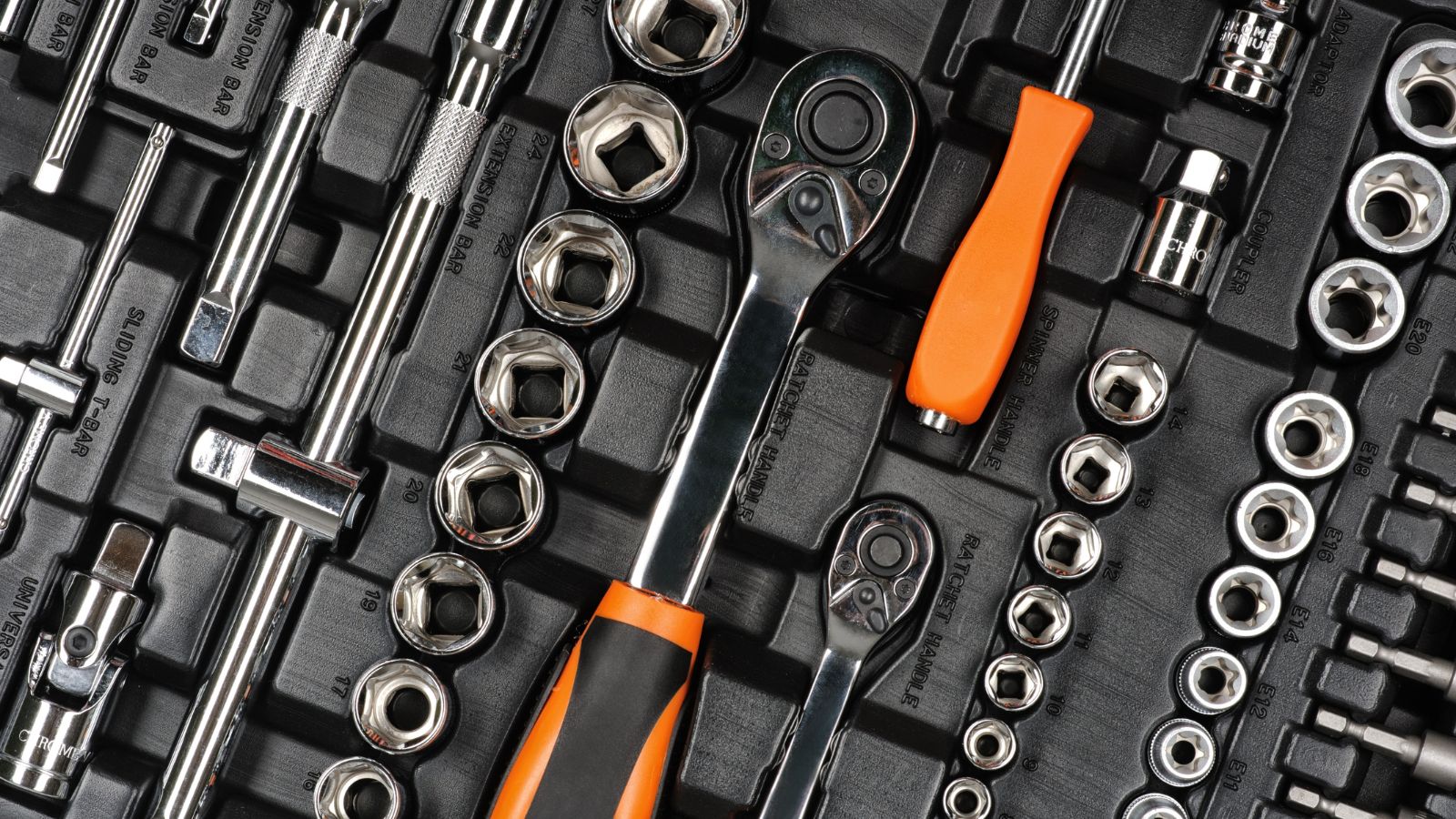Stretching a dollar in Canada doesn’t always mean sacrificing quality of life. In fact, some of the smartest budget moves Canadians are making today are simple, sustainable, and surprisingly rewarding. From creative housing choices to overlooked government programs, families and individuals alike are finding ways to save thousands without giving up comfort or security. Here are 21 Canadian budget wins you didn’t know were possible:
Using Public Libraries for More Than Books

Libraries across Canada are quietly becoming community hubs offering far more than novels. From free streaming platforms and e-books to access to 3D printers, coding workshops, and even museum passes, libraries provide services that would cost hundreds if purchased separately. This enables families to save on entertainment, students to save on textbooks, and newcomers to gain free resources for job hunting. In many cities, libraries even lend out equipment like cameras or musical instruments, offering a modern budget win hiding in plain sight and giving Canadians cultural, educational, and technological access without spending a dime.
Grocery Store Loyalty Apps

With food inflation still biting into household budgets, loyalty apps like PC Optimum, Air Miles, and Metro’s Moi are proving invaluable. Savvy Canadians are collecting points and timing purchases with weekly offers to maximize value. By stacking promotions and redeeming rewards strategically, families can slash grocery bills by 10-20%. Some apps also provide digital coupons and personalized discounts based on shopping habits, offering extra savings without the need for old-fashioned coupon clipping.
Free Banking Options

Paying monthly fees to hold onto your own money is a silent budget drain. Online banks like EQ Bank, Tangerine, and Simplii Financial are offering Canadians no-fee chequing accounts with perks like unlimited transactions and free e-transfers, while some even provide higher interest on balances compared to traditional banks. For families, this can mean saving $200 or more each year simply by switching where they park their money. Free banking isn’t just for digital natives, and it offers a real solution for anyone tired of watching fees eat into hard-earned cash.
Cutting Cable for Free Streaming Alternatives

The era of $100+ monthly cable bills is ending, with Canadians finding budget wins in free and low-cost streaming platforms. CBC Gem, CTV, and Pluto TV offer movies, live news, and TV shows for free. When combined with a basic internet plan and one affordable paid subscription, households can reduce their annual entertainment costs by over $1,000. Many are also rediscovering the value of digital rabbit-ear antennas, which bring in crisp HD local channels for free, creating a smarter way to keep screens busy without emptying wallets.
Embracing Community Tool Libraries

Tool libraries in cities like Toronto, Halifax, and Vancouver allow residents to check out equipment for home repairs, gardening, or DIY projects at minimal or no cost, and some even offer workshops on how to use tools safely and effectively. For renters, new homeowners, or casual hobbyists, this approach avoids unnecessary purchases while encouraging sustainable, community-driven sharing, resulting in a budget win that cuts down on clutter, expenses, and waste simultaneously.
Bulk-Buying with Neighbors

Rising food and household costs have pushed Canadians to think collectively. In neighborhoods across the country, families are teaming up to buy staples like rice, flour, or cleaning supplies in bulk directly from wholesalers. By splitting large orders, each household pays far less than retail without worrying about excess storage. Some even organize bulk produce buys from local farms, reducing grocery bills while supporting sustainable agriculture. It’s a cooperative model that brings both savings and community ties, proving that shared shopping power really pays off.
Using Presto or Transit Pass Perks

Public transit users in cities like Toronto, Ottawa, and Vancouver are finding hidden savings by optimizing fare programs. Presto card users can unlock discounted rides after a set number of trips, while monthly passes often pay for themselves within three weeks of commuting. In some regions, families also get reduced fares for children or students, creating hundreds in yearly savings compared to driving. With gas, insurance, and parking costs climbing, strategically using transit perks isn’t just eco-friendly; it is one of the most reliable budget wins available.
Taking Advantage of No-Cost Fitness Options

Gym memberships can easily run $600-$1,000 per year, but Canadians are increasingly embracing free fitness options. Many municipalities maintain outdoor gyms, running tracks, and free community classes, while apps like Nike Training Club or YouTube fitness channels bring structured workouts to your living room at no cost. Additionally, parks and trail networks offer endless opportunities for exercise that doubles as quality time. By ditching expensive memberships without sacrificing health, Canadians are proving that staying fit doesn’t have to mean draining the wallet.
Leveraging Cash-Back Credit Cards Wisely

When used responsibly, cash-back credit cards are a powerful tool for everyday savings. Canadians who pay balances in full each month can earn hundreds back annually on groceries, gas, or recurring bills. Many cards also offer first-year fee waivers or welcome bonuses worth up to $200. When paired with automated bill payments, this strategy provides a passive discount on purchases families already make. The key is discipline and carrying a balance cancels out the benefit, and for budget-savvy households, it’s like getting paid to spend smarter.
Repairing Instead of Replacing

Fast fashion and disposable tech have conditioned many to replace rather than repair. But Canadians are saving thousands by embracing repair cafés, shoe cobblers, and small appliance fix-it shops. Even extending the life of a phone or washing machine by a year can translate into major budget wins. Communities across Canada are also hosting free repair workshops where skilled volunteers help with clothing mends, bike tune-ups, and electronics troubleshooting. This creates a practical and eco-friendly way to stretch dollars, reduce waste, and preserve the things you already own.
Exploring Free Cultural Events

From outdoor concerts to city-sponsored film screenings, Canadians have a wealth of cultural entertainment that doesn’t cost a cent. Many municipalities host free summer festivals, multicultural celebrations, and art exhibitions, and for families, this means enjoying quality outings without hefty ticket prices. Cities like Montreal, Calgary, and Winnipeg are especially known for jam-packed calendars of no-cost events, and attending these events also supports local artists and performers while building community connections. Choosing free cultural experiences over paid outings can easily save hundreds each year without sacrificing enrichment or fun.
Taking Advantage of Price-Matching Policies

Canadians in the know are shaving dollars off grocery and household bills by using price-matching policies at retailers like Walmart, Real Canadian Superstore, and some pharmacies. By showing proof of a competitor’s lower price, shoppers can secure instant discounts without hopping between stores. Apps that compile weekly flyers make this process even easier, and for families buying essentials weekly, the savings accumulate quickly, often hundreds per year. It is a low-effort, high-impact strategy that turns ordinary shopping into a consistent budget win.
Using Provincial Rebate Programs

Many Canadians are unaware that their provinces offer rebates for a wide range of products and services, including energy-efficient appliances and home retrofits. Programs in Ontario, British Columbia, and Quebec can cover hundreds or even thousands of dollars for homeowners upgrading insulation, installing heat pumps, or switching to low-flow fixtures. At the same time, some provinces even offer rebates for public transit passes or electric vehicles. By applying for these programs, households not only cut costs but also reduce long-term utility bills, offering a hidden source of savings that too many overlook, leaving free money on the table.
Cooking Collectively with Friends

Dining out remains one of the biggest budget leaks for Canadian families. One creative alternative is collective cooking, which involves friends or neighbors taking turns hosting large-batch meals, allowing everyone to enjoy variety at a fraction of the cost. Sharing ingredients and prep work slashes grocery bills, while leftovers mean fewer midweek expenses. In multicultural cities, this trend doubles as cultural exchange, as one night might be Italian pasta, the next Filipino adobo. Beyond saving money, it builds stronger community ties while ensuring no one sacrifices delicious meals for affordability.
Using Mobile Data Plans Strategically

Mobile bills in Canada are notoriously high, but careful plan selection is a growing budget win. Switching to smaller carriers like Freedom, Public Mobile, or Fizz often cuts monthly bills in half without major coverage sacrifices in urban areas. Many Canadians are also saving by ditching unlimited plans they don’t fully use, or by negotiating directly with providers for retention offers. Over a year, trimming $20-$40 per month means hundreds back in household budgets, which is a practical adjustment with an outsized financial impact.
Sharing Subscription Services

Instead of juggling multiple streaming and software subscriptions, Canadians are increasingly splitting costs with family or friends through platforms like Netflix, Spotify, and Disney+ that often allow multiple user profiles under one plan. Similarly, families share premium versions of productivity tools like Microsoft 365 or Adobe. By consolidating instead of duplicating, households save significant amounts while still accessing the services they enjoy. Clear communication and trust are key, but when done responsibly, this trend is a simple way to cut costs without compromising digital convenience.
Seasonal Shopping Strategy

Buying off-season is a classic but underused budget win. Canadians who purchase winter gear in April or patio furniture in October consistently save 50-70% compared to peak prices. Many families also use warehouse clearances or online sales cycles to stretch clothing and household budgets further. For big-ticket items like appliances or electronics, waiting for Black Friday or Boxing Day deals can mean hundreds in savings. Patience and timing are the real tools here, turning seasonal shopping strategy into a reliable way to stay ahead financially.
Embracing Secondhand Markets

The stigma around used goods is fading fast in Canada, replaced by thriving secondhand marketplaces like Facebook Marketplace, Poshmark, and local thrift shops. Canadians are saving thousands on furniture, clothing, and even electronics by buying gently used instead of new. Some households even turn this into a side hustle, reselling finds at a profit, and beyond affordability, it offers a sustainable approach that reduces landfill waste. For families, outfitting a child’s wardrobe or a new apartment through secondhand channels is one of the smartest budget wins available.
Using Free Tax Filing Platforms

Filing taxes can be costly, but free certified platforms like Wealthsimple Tax and TurboTax Free are helping Canadians save hundreds every year. Many of these tools guide users step by step, ensuring eligible credits and deductions aren’t missed. For simple returns, especially among students or single-income households, the free options are just as effective as paid services. The money saved on filing fees can then be directed toward investments, debt repayment, or even a rainy-day fund.
Student Discount Stacking

For students, the combination of institutional discounts and third-party offers creates powerful budget wins. Many retailers, restaurants, and transportation providers slash prices for those with valid student IDs, while platforms like SPC (Student Price Card) expand access to deals nationwide, covering clothing, tech, and entertainment. In addition, students can stack these offers with loyalty points or cash-back credit cards, doubling the savings. For those already living on tight budgets, these discounts make essentials and treats more manageable, proving that being a student in Canada comes with hidden financial perks.
Community Gardens and Urban Farming

Food costs are a major concern, but Canadians are saving significantly by growing their own produce. Community gardens and urban farming initiatives let city dwellers access fresh fruits and vegetables for a fraction of grocery prices. For families, a $50 investment in seeds and soil can yield hundreds in harvest value over the summer, and beyond savings, this provides healthier eating, outdoor activity, and stronger neighborhood connections. Whether on a balcony, rooftop, or shared plot, urban gardening is turning green thumbs into powerful budget wins nationwide.
21 Products Canadians Should Stockpile Before Tariffs Hit

If trade tensions escalate between Canada and the U.S., everyday essentials can suddenly disappear or skyrocket in price. Products like pantry basics and tech must-haves that depend on are deeply tied to cross-border supply chains and are likely to face various kinds of disruptions
21 Products Canadians Should Stockpile Before Tariffs Hit
